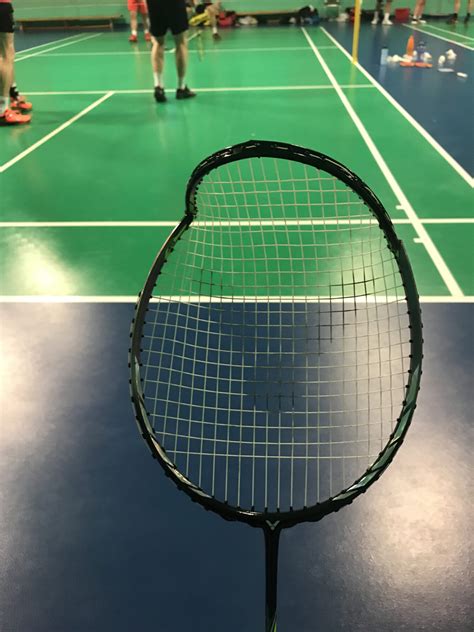Don't Let Racket Stringing Break the Bank: A Guide to Affordable Stringing
Tennis, badminton, squash – whatever your racket sport, regular restringing is crucial for optimal performance and injury prevention. However, the cost of professional stringing can quickly add up, leaving many players searching for ways to keep their game on track without breaking the bank. This comprehensive guide will explore various options to make racket stringing more affordable without compromising quality.
How Much Does Racket Stringing Typically Cost?
The cost of racket stringing varies significantly depending on several factors:
- Location: Stringing prices differ drastically based on geographic location and the type of shop (pro shop at a country club vs. a local sporting goods store). Urban areas tend to have higher prices.
- String type: High-performance synthetic strings are more expensive than natural gut or lower-grade synthetics. The gauge (thickness) of the string also affects price; thinner strings are generally pricier.
- Stringing pattern: More complex stringing patterns require more time and skill, leading to increased costs.
- Shop labor rates: Each stringer sets their own hourly rate, impacting the final price.
While a basic restringing job might cost $20-$30, expect to pay upwards of $50-$75 or more for premium strings and complex patterns. This can become a considerable expense, especially if you play frequently and need multiple rackets strung.
Ways to Save Money on Racket Stringing
Fortunately, several strategies can help you keep your stringing costs manageable:
1. Shop Around and Compare Prices
Before committing, contact multiple stringers in your area to compare their prices and services. Ask about their stringing techniques, experience, and the types of strings they offer. Online reviews can also be helpful in assessing the quality of service.
2. Consider Less Expensive String Options
While premium strings offer superior performance, less expensive synthetic options provide adequate playability for recreational players. Experiment with different strings to find the sweet spot between performance and cost. Don't hesitate to ask your stringer for recommendations based on your playing style and budget.
3. String Your Racket Yourself (DIY)
For the adventurous and mechanically inclined, learning to string your own rackets can save significant money in the long run. This requires purchasing a stringing machine (a substantial upfront investment) and dedicated time to learn the proper techniques. Online resources and instructional videos can be incredibly helpful, but practice is key.
4. Join a Club or Group
Some tennis clubs or sports groups offer discounted stringing rates for members. This is a great option if you're already involved in a club or are considering joining one.
5. Negotiate Prices and Look for Deals
Don't be afraid to negotiate prices, especially if you're bringing multiple rackets for stringing or are a returning customer. Many stringers offer discounts for bulk orders or seasonal promotions.
6. String Less Frequently (with caveats)
While regular restringing is recommended, you can potentially extend the life of your strings by playing less aggressively or avoiding excessively hard hitting. However, using strings far past their prime can lead to decreased performance and potentially increase your risk of injury. Inspect your strings regularly for signs of wear and tear.
How Often Should You Re-string Your Racket?
The frequency of restringing depends on several factors:
- Playing intensity and style: Aggressive players who hit the ball hard and frequently need more frequent restringing.
- String type: Natural gut strings generally lose tension faster than synthetic strings.
- String tension: Lower tension strings tend to last longer than higher tension strings.
A general guideline is to restring your racket every 6-8 weeks of regular play. However, closely monitor your strings for signs of breakage, fraying, or loss of tension. If you notice any of these issues, restring your racket sooner than later.
Maintaining Your Racket
Proper care of your racket can prolong the life of your strings and reduce the need for frequent restringing. Keep your racket clean and dry, and avoid storing it in extreme temperatures or direct sunlight.
By following these tips, you can enjoy the benefits of regularly strung rackets without breaking the bank. Remember that the quality of your stringing directly impacts your performance and injury prevention, so finding a balance between cost and quality is key.

